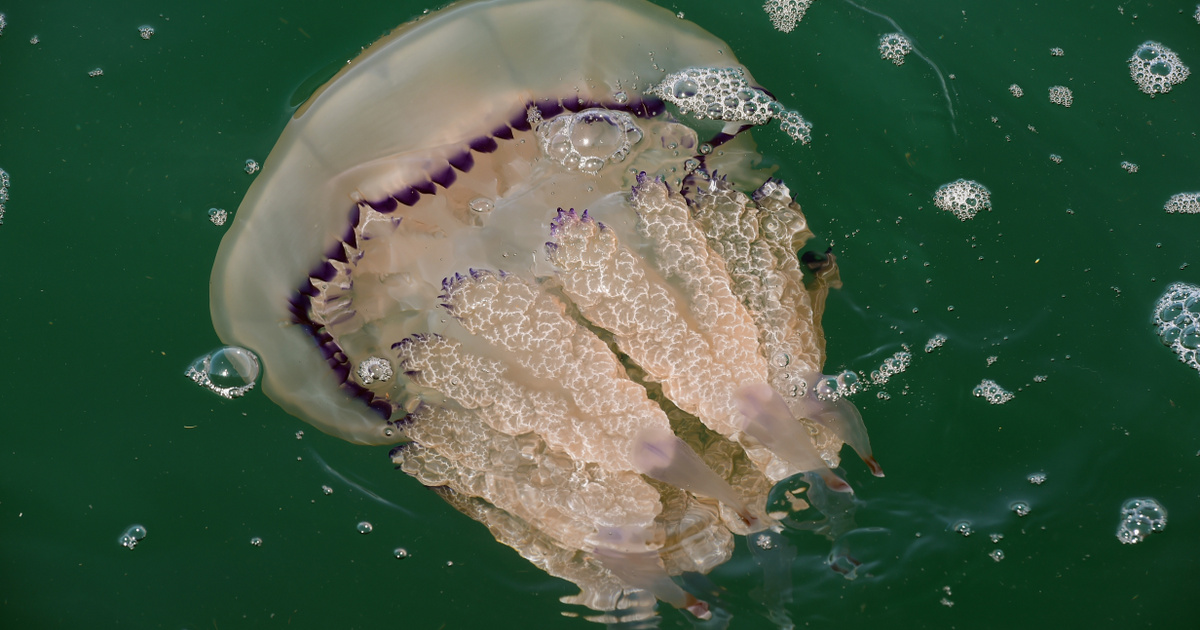Powerful jellyfish stings cause burns and can be fatal, and experts say that as temperatures rise, more jellyfish will appear on beaches again. Stormy weather and strong tides drive Portuguese cuisine, a type of jellyfish with tentacles up to 48.7 meters It can also grow.
The huge jellyfish drifts invisibly under the surface of the water and is able to sting. Sea monsters trap swimmers with their tormenting claws – and can even kill them.
Tourists flock to the beaches
Rising temperatures this summer warm the shallows near the beaches, and the tides are washing away the small marine life that jellyfish feed on.
The UK is experiencing an unprecedented heat wave, which is why thousands have flocked to the coast to cool off at sea. The British National Health Service (NHS) recommends that if someone is stung, they should be rinsed with sea water, not fresh water. The thorns should also be removed from the skin with tweezers or the edge of a bank card and the area should be soaked in the warmest water for at least 30 minutes, or if soaking is not possible, hot flannels or towels should be used.
Take pain relievers such as paracetamol or ibuprofen if possible, but do not use vinegar or urinate. Do not apply ice or cold compresses to the bite, touch any nails with your bare hands, and do not cover or close the wound.
said Amy Pillsbury, Citizen Science Program Developer for the Marine Conservation Society. He added that the Portuguese jellyfish has a very strong stinger.
In 2021, 62 sightings of the Portuguese jellyfish were reported.
Jellyfish arrive on UK shores every year during the summer months, but this is likely due to winds carrying Portuguese galleys to the coast, Amy Pillsbury believes. the sun to me












































